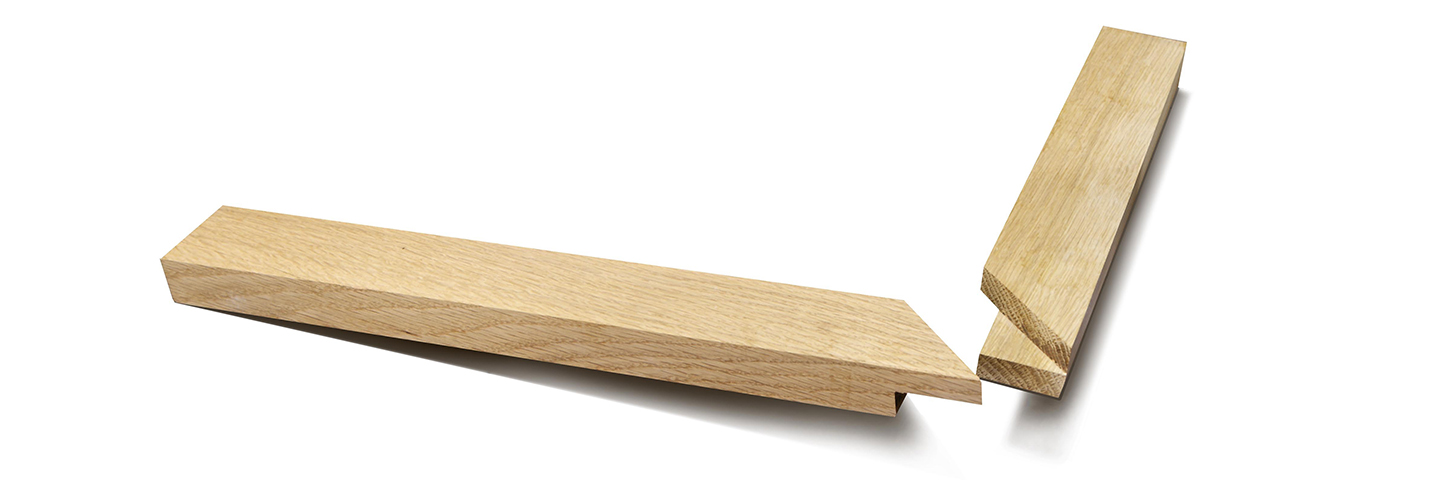Throughout history, the assembly of different types of wooden structures has utilised many types of joints that are still usable today. High-quality wood joints were made as early as in Egypt 4,000 years ago. The cultural characteristics of the joints have evolved over time according to issues such as ways of living, available materials, tools and weather conditions.

The Japanese widely embraced the knowledge of joints and adopted cultural influences from China. They have used these to develop characteristic and usable solutions for themselves. Similarly, we can think that Western carpenters learn and absorb influences from a rich world of joints across cultural boundaries. There is also room for innovation now that modern technology is available to solve, for example, structural problems in architecture.
Joints have also become an important aesthetic factor. Although they are often hidden within the structures, there is a desire at some points to demonstrate the skills through exposed ornamental joints.
The website of Liitosten arkki (Ark of joints) is a comprehensive presentation of a variety of wood joints to inspire contemporary Western structural design. In addition to traditional joints, the innovations that have also come along are presented as both usable and used structures.
